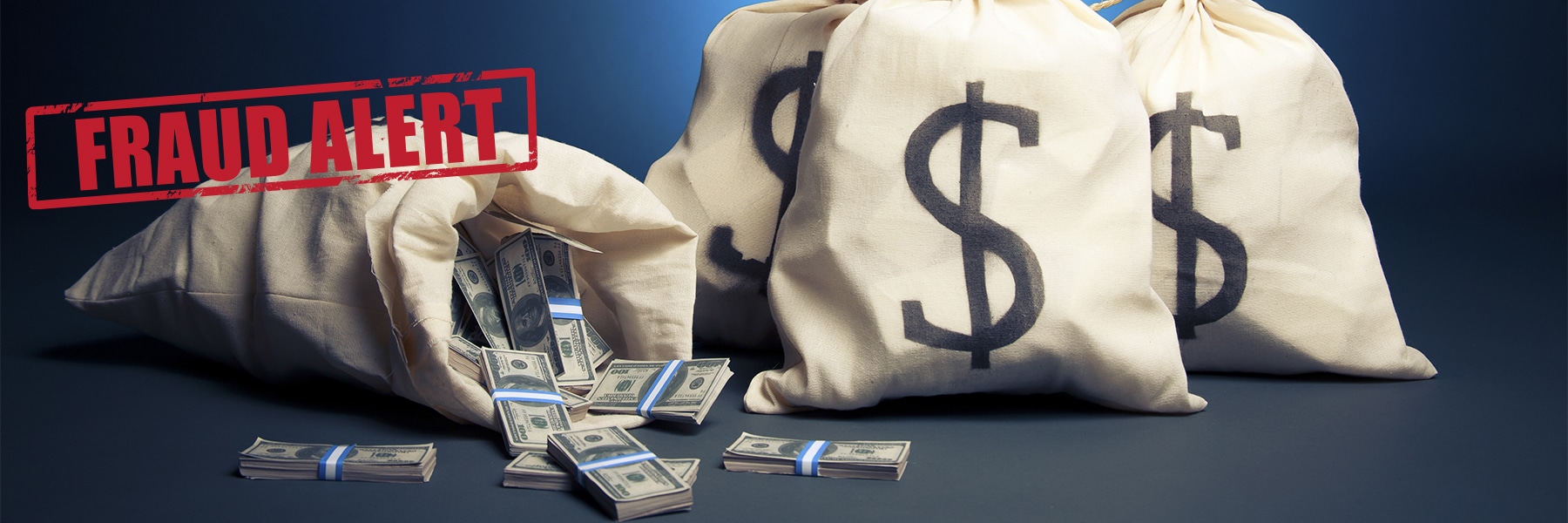
What follows is not a new fraud. But it serves as a reminder that old-fashioned low tech frauds still exist.
A N.S. lawyer had a new client referred by a local real estate agent who the lawyer knew. The new client was from out of province, was not known to the lawyer and was buying a local property.
The client provided the lawyer with a cheque in trust for the purchase. The payor on the cheque was not the client directly but rather was a foreign exchange company in Alberta and the cheque was in U.S. dollars. The lawyer deposited the cheque to its trust account. The lawyer thought the cheque was odd but deposited it anyways.
And now the lawyer gets lucky.
A few days after the cheque was deposited, the lawyer received a call from the payor who advised that the cheque was fraudulent. Clearly their bank had received it though the clearing process and the payor was just reconciling their statements or their bank had contacted them about the item. Either way, they determined that the cheque was a fraud. Fortunately for our lawyer, he had not used the funds.
A short time after he was alerted to the fraudulent item, the lawyer received communication from the “client” advising that he was having some financial issues and requested return of the funds. At that time the lawyer advised the “client” that the item was fraudulent and thus there was nothing to return. Moreover he advised that the authorities were notified.
The lawyer noted to us that they thought the cheque looked suspicious from the outset. The payor was not the client. The cheque was drawn on a Canadian bank by a foreign exchange company operating in Canada and was made payable to a lawyer in Canada but was denominated in U.S. dollars. Even if the “client” was using a foreign exchange company as a conduit, it makes no sense that the denomination of the cheque for a purchase in Canada would be something other than Canadian.
Suffice to say there has been no further contact with the “client”. But this is not over for the lawyer.
The lawyer has to monitor its trust account to confirm the reversal. But, as the item was in a foreign currency, the amount reversed may be more that than the Canadian converted amount deposited as exchange rates fluctuate. Thus there is the potential for a shortfall in the lawyer’s trust account. Making up that shortfall is not the problem. The problem is that the shortfall could result in a subsequent cheque the lawyer writes on the trust account being returned due to insufficient funds. In this case, prior to reversing the transaction, the lawyer’s bank calculated the amount that would be reversed in Canadian Dollars. As that calculation showed there would be a small shortfall, the lawyer was able to deposit money into its trust account thus preventing a deficiency from occurring when the item was reversed.
Be wary of suspicious cheques, especially from new clients you do not know and have never met. Follow the NSBS Client ID Regulations. If you get a cheque that looks suspicious on its face, make inquiries. Especially if it is drawn out of province as that could add time to the clearing process.
We get so wrapped up in new frauds, particularly frauds that arise from technology, that we sometimes lose sight of the old-fashioned frauds that have been around for a long time. All we can say is that they are still around. And they still work.
To report or seek advice on dealing with fraud and scam attempts, contact Cynthia Nield at cnield@lians.ca or 902 423 1300, x346.
